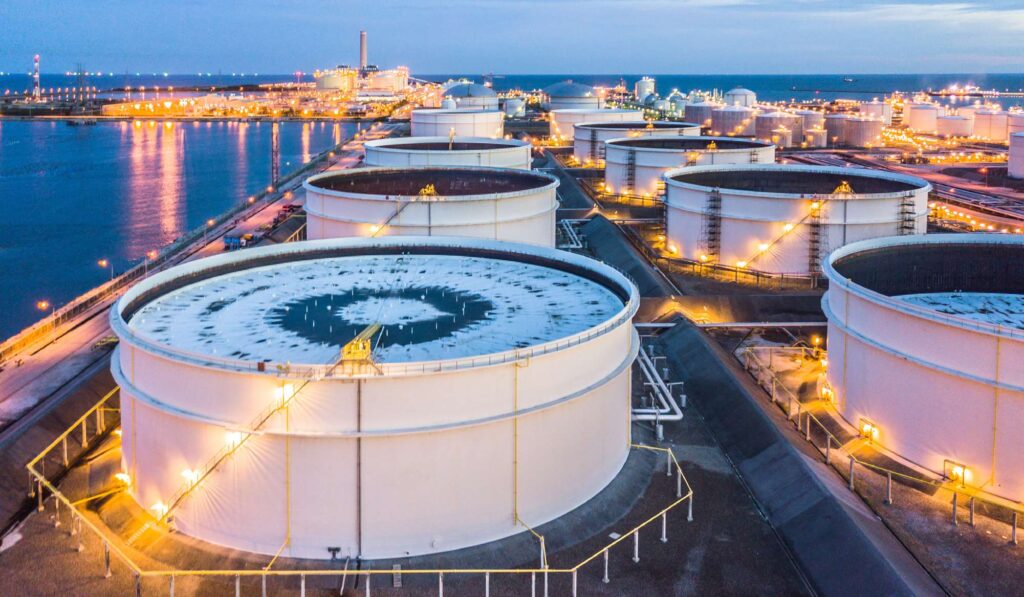
In the fast-paced world of oil and gas, data isn’t just a tool—it’s a lifeline. Integrity data, essential for monitoring pipelines, storage tanks, and critical infrastructure, has the power to prevent costly failures and ensure the safety of operations. Yet, for many companies, fragmented systems, outdated storage solutions, and inconsistent data formats create bottlenecks that hinder progress. The good news? A wave of innovation is transforming how integrity data is captured, analyzed, and stored, opening the door to unprecedented levels of efficiency and reliability.
Imagine a future where every pipeline inspection, maintenance record, and sensor reading flows seamlessly into a unified system, accessible in real time to teams across the globe. That future is here, thanks to centralized data repositories. By consolidating information from multiple sources into a single platform, companies can break free from silos, streamline workflows, and empower decision-makers with the insights they need—when they need them. Cloud-based solutions take this a step further, offering secure and scalable storage that grows with the demands of modern operations.
But data storage is just the beginning. Advanced analytics and artificial intelligence (AI) are revolutionizing how integrity data is used. AI-powered tools can sift through vast amounts of historical and real-time data, identifying patterns and predicting equipment failures before they occur. Instead of reacting to problems, companies can proactively address issues, reducing downtime and saving millions in repair costs. Machine learning algorithms also enhance data quality by flagging inconsistencies and filling in gaps, ensuring every decision is backed by reliable information.
Capturing high-quality data has never been easier—or more exciting. Cutting-edge technologies like drones, IoT sensors, and inline inspection tools are redefining what’s possible. Drones equipped with thermal imaging can spot corrosion or leaks from above, while IoT sensors provide continuous updates on pressure, temperature, and flow rates. Inline inspection tools, affectionately known as “smart pigs,” navigate the inside of pipelines, delivering precise data on wall thickness and material integrity. Together, these tools create a comprehensive picture of asset health, enabling faster and more accurate decision-making.
Yet, even the most advanced tools are only as effective as the framework they operate within. Standardizing data collection methods and formats is crucial for ensuring compatibility across systems and teams. Industry-wide standards, such as the Pipeline Open Data Standard (PODS), provide a common language for data, making it easier to share, analyze, and act on critical information. This level of consistency not only improves collaboration but also simplifies regulatory reporting, keeping companies compliant with evolving standards.
Data storage in oil and gas has also entered a new era of sophistication. Cloud-based systems not only offer flexibility and scalability but also come equipped with robust cybersecurity measures like encryption and multi-factor authentication. For operations in remote locations, edge computing brings processing power closer to the source, ensuring critical data remains accessible even during network disruptions. These advancements ensure that integrity data is not just secure but also readily available when it matters most.
Perhaps the most transformative change lies in how organizations view and use data. Creating a culture that values data as a strategic asset is key to unlocking its full potential. Training teams to leverage analytics tools, establishing clear data governance policies, and fostering collaboration across departments are all vital steps in building a data-driven organization. When employees understand the power of data and how it impacts safety, efficiency, and profitability, they become champions of innovation.
The future of integrity data in oil and gas is bright—and exciting. By embracing centralized repositories, advanced analytics, modern data capture technologies, and standardized practices, companies can turn their data challenges into competitive advantages. In an industry where precision and reliability are non-negotiable, this transformation is more than a technological upgrade—it’s a game changer. With the right strategy and mindset, the possibilities are limitless.

